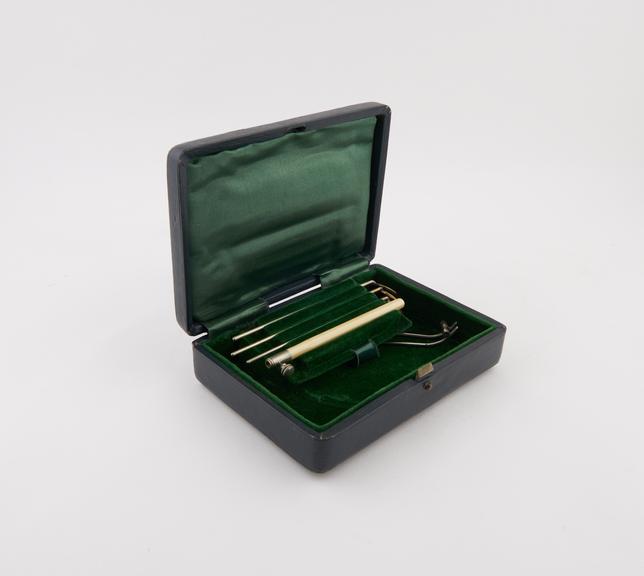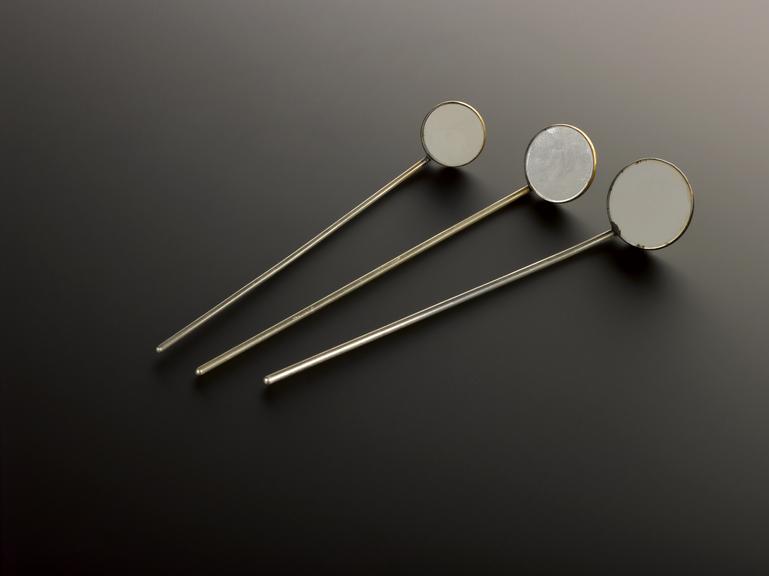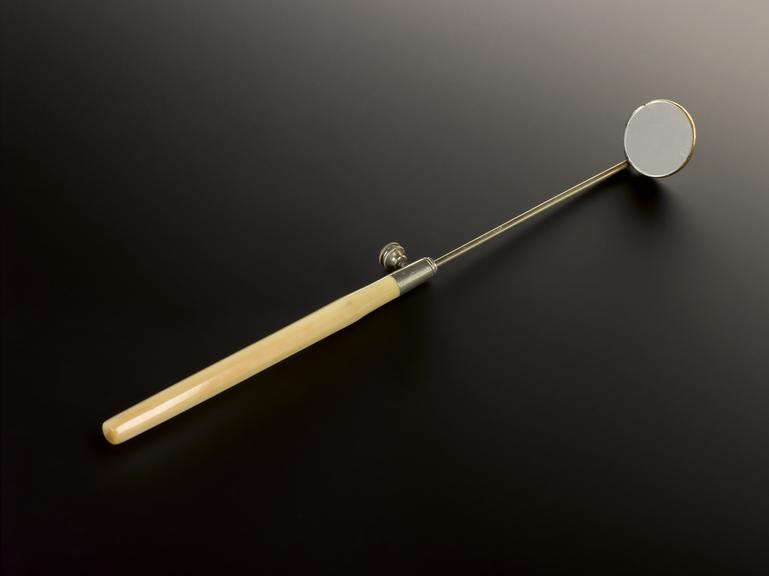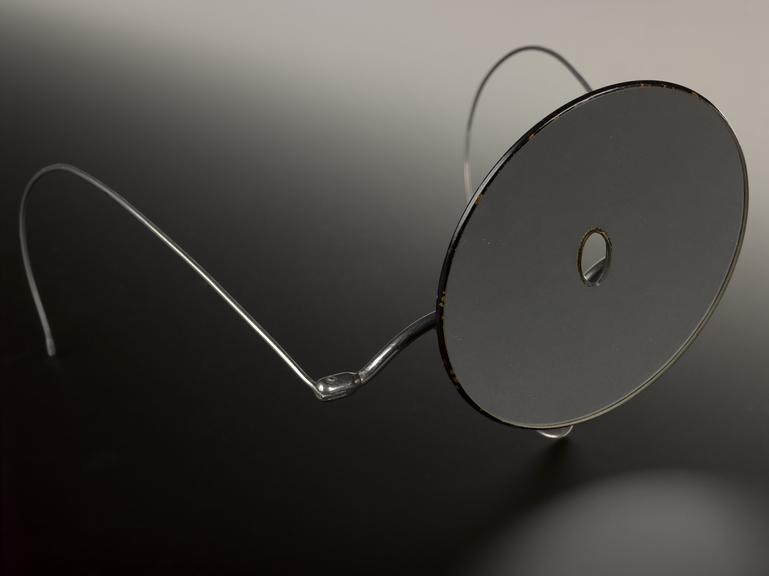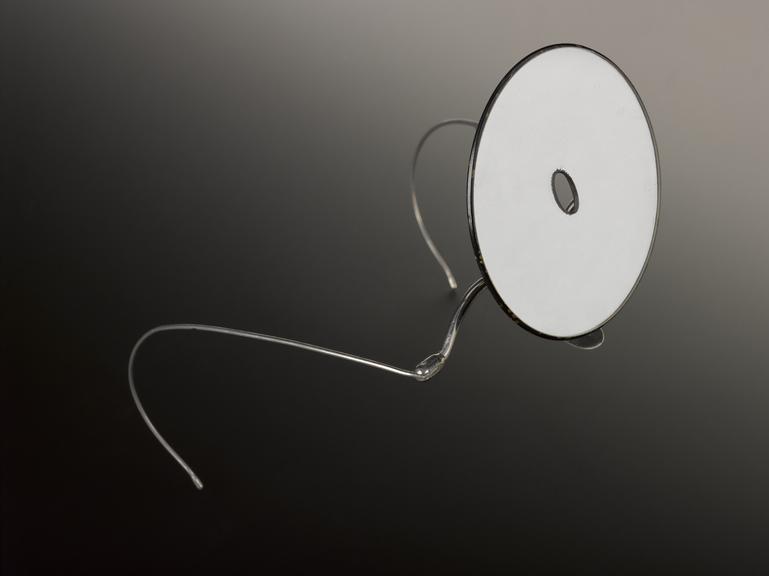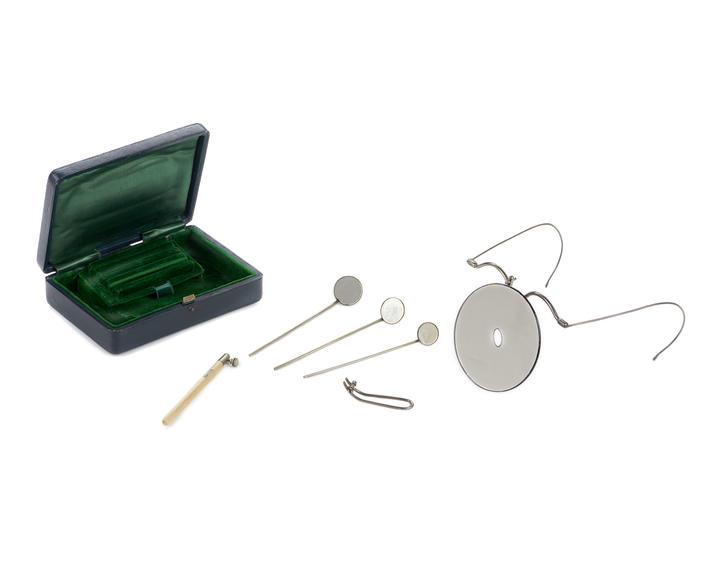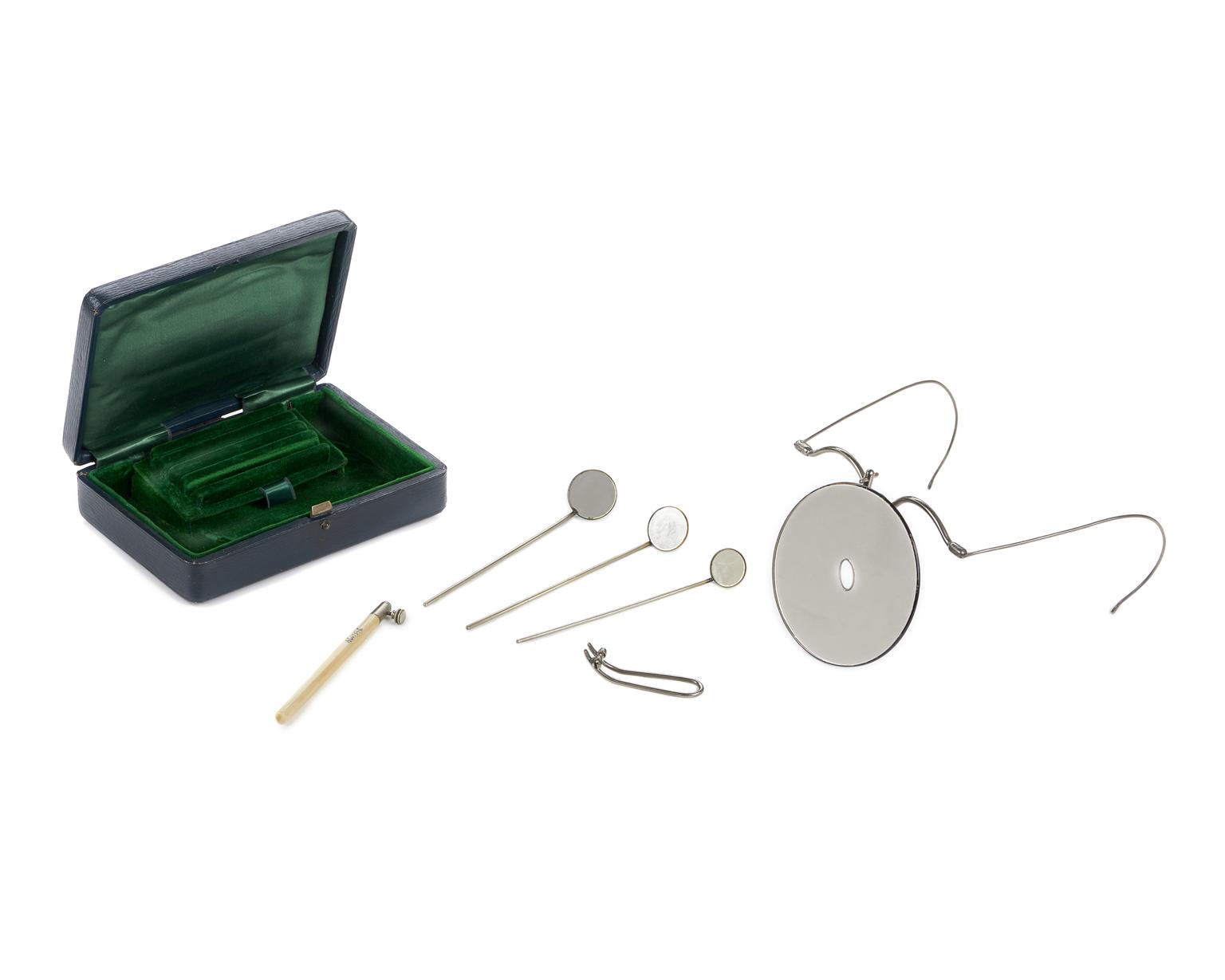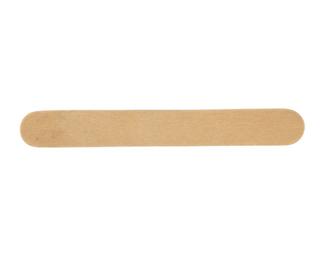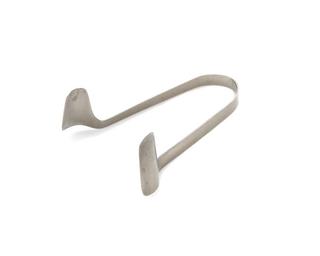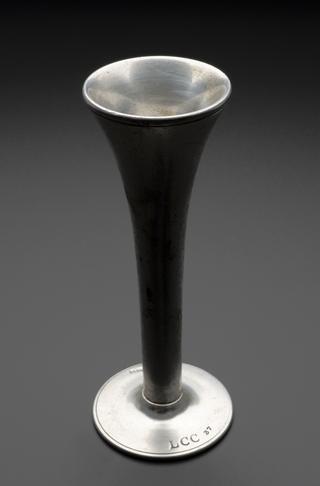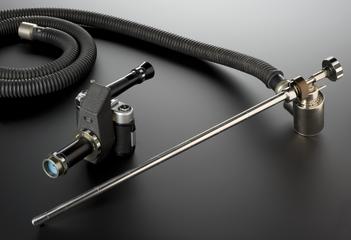Lennox Browne's laryngoscope, comprising 1 spectacle frame, 1 reflector, 3 laryngeal mirrors with handle, by Krohne and Sesemann of London, late 19th century in leather case
A laryngoscope is a type of viewing instrument that consists of a thin tube with a light and mirror lens. It is used by medical practitioners to inspect the larynx (voice box). This procedure is known as a laryngoscopy. Laryngoscopies are performed to detect the causes of voice problems and throat pain, and to diagnose upper respiratory tract diseases. In the nineteenth century, it was particularly important for doctors to be able to view the inside of the throat because of the proliferation of life-threatening infectious diseases that affected the larynx, like diphtheria. Laryngoscopes allowed doctors to see past the tongue, which naturally blocks the view to the larynx.
This laryngoscope belonged to Lennox Browne (1841-1902), a physician and laryngologist. He was the co-founder of the Central London Throat and Ear Hospital, which was established in 1874. In the late nineteenth century, Lennox Browne authored multiple publications on the larynx, including 'The throat and its diseases' (1878),'Voice, song, and speech' (1884) and 'Diphtheria and its associates' (1897).






